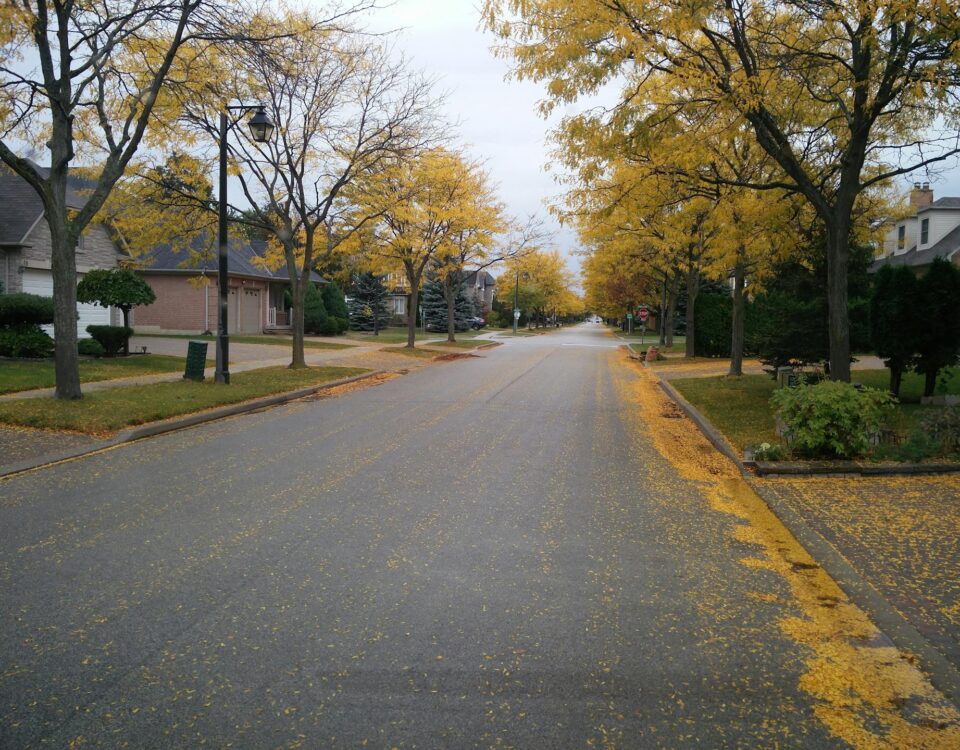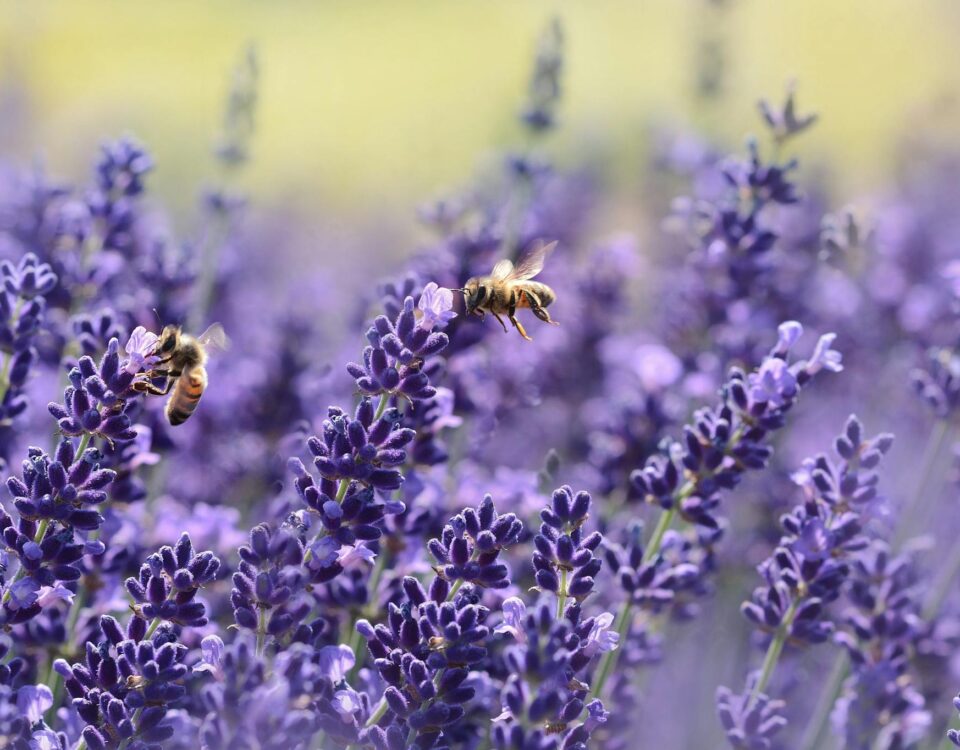
Create a Bee-Friendly Garden
July 8, 2025
Fall DIY Home Improvement Projects
September 8, 2025The Benefits of Preserving Food
Learning to preserve food is important for extending shelf life, preventing spoilage, lowering food costs, and ensuring food security for your family. Preserving food allows you to enjoy seasonal produce year-round, reduce your food waste, and save money by buying in bulk. Whether you grow your own fruit and vegetables or buy them at a store or Farmer’s Market, food preserving can lower your overall food costs.

Food preserving allows you to buy when prices are best or at the top of a season for the fruits and vegetables your family eats. Food preserving also supports local economies, promotes sustainability, and helps strengthen your community.
Food Preservation Methods
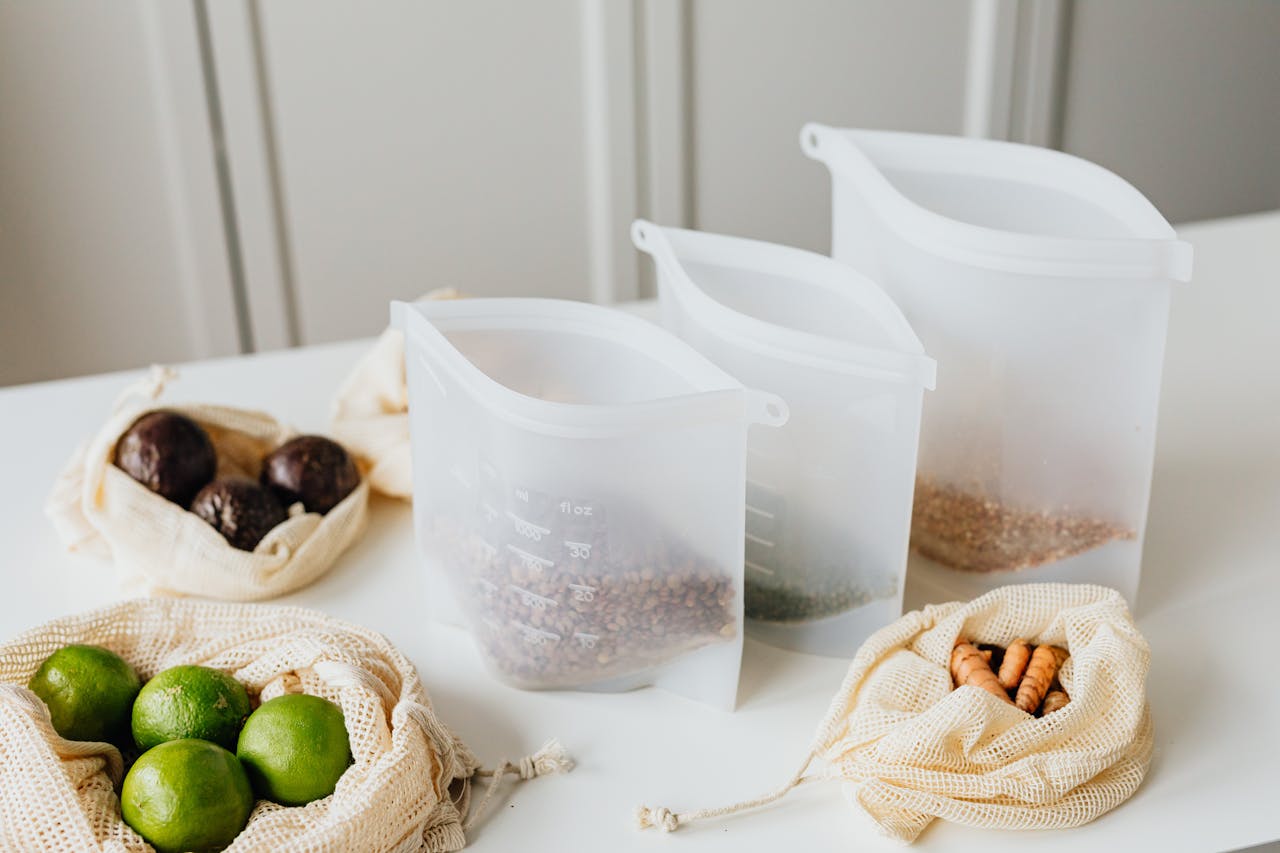
There are many different methods for preserving food at home, such as canning, pickling, drying, freezing, fermenting, freezing, sugaring, and more. Many of these methods have been made easier with technology than in years past.
Canning to Preserve Food
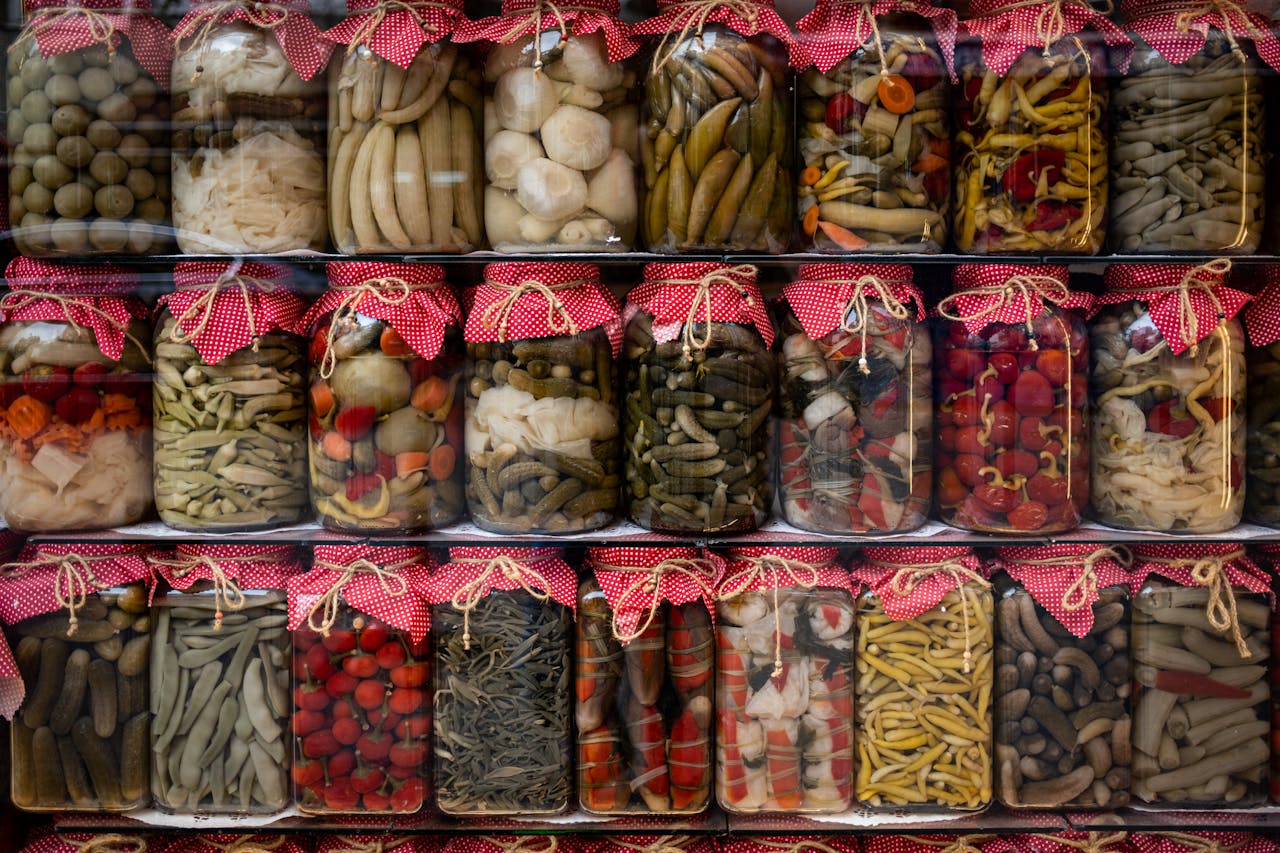
Canning food is a simple and easy way to preserve food. The jars and rings can be reused for years, and you only need to buy new lids. I tend to like wide-mouth jars because they are easier to fill than the standard mouth jars. Technology has made canning so much easier. There are now electric vacuum sealing tools that do all the work of sealing the jars for you, and they can be recharged with a USB cord.
If you want to can the old school way, which is the method I use, since I can do a water bath for 8 jars at a time. Canning seals food in airtight jars using heat to destroy microorganisms and enzymes. Boiling water canning is suitable for high-acid foods, like tomatoes or salsa, while pressure canning is used for low-acid foods.
The Art of Pickling
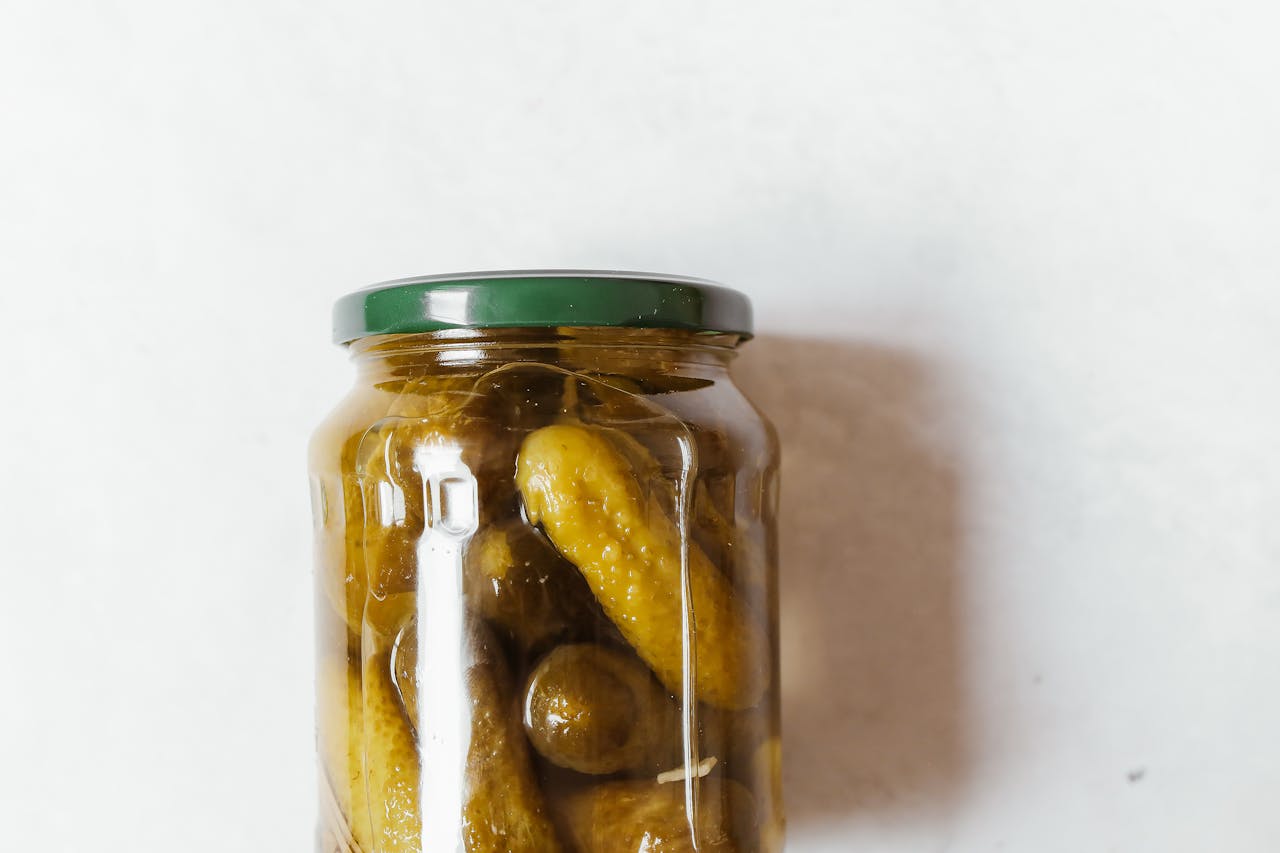
If you have too many onions, tomatoes, beets, carrots, and peppers, they are great candidates for pickling. This method helps when a harvest comes in all at once, which can happen with tomatoes and peppers.
Pickling uses vinegar to lower the pH of food, which inhibits microbial growth. Pickled vegetables and other acid foods can be processed in a boiling water canner or refrigerated for later use.
Fermented Food for Preserving the Harvest
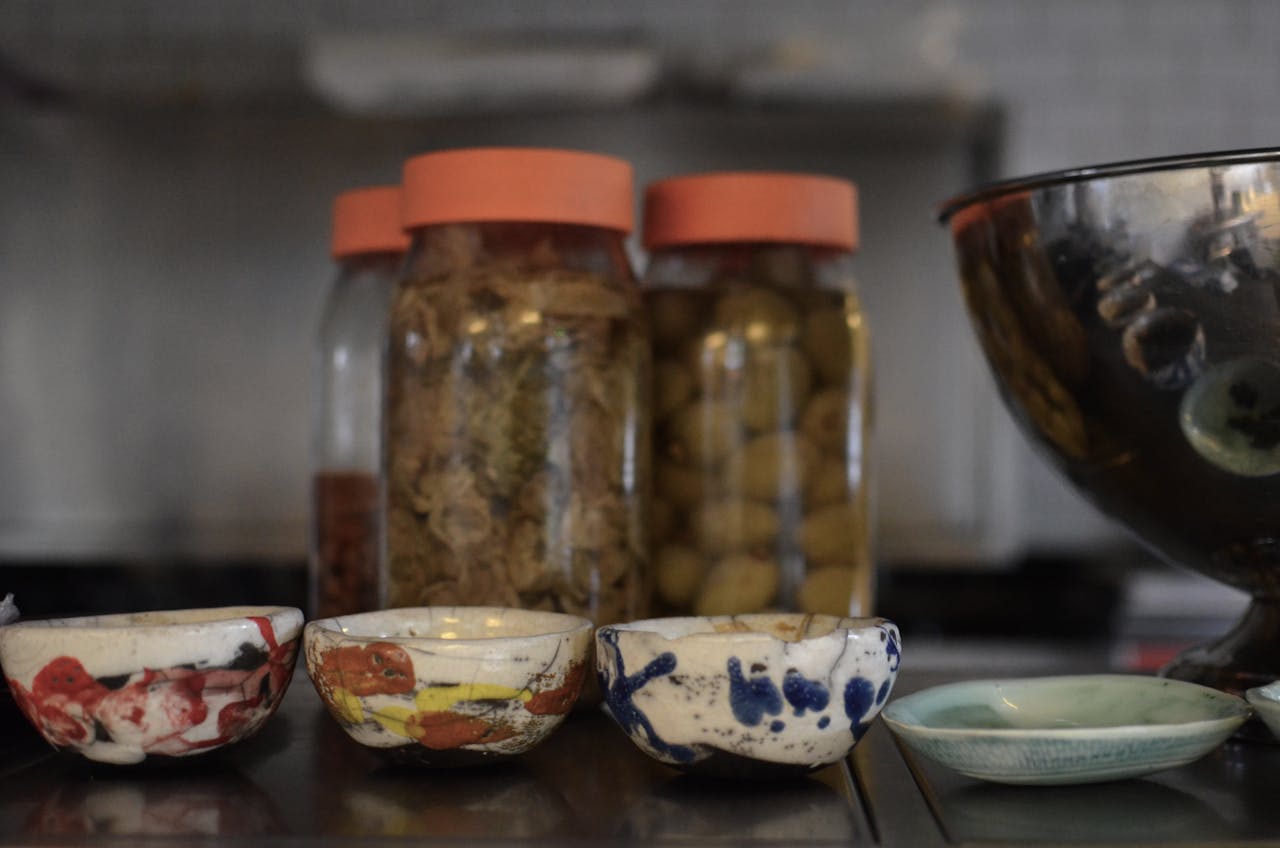
Eating fermented foods can aid your digestion and promote good bacteria in your gut. Fermenting food is also a good preservation method for making kimchi, sauerkraut, and pickles. Fermentation uses beneficial bacteria to produce lactic acid, which lowers the pH of the food while preserving it. Your pickled food can be processed in a boiling water canner or refrigerated.
Drying Food
Removing the moisture from food inhibits microorganism growth, which needs moisture to survive. Food drying can be accomplished using a dehydrator, oven, or even the sun. My preferred way of drying food is using a dehydrator. I have a 10-rack dehydrator that can turn a harvest into dried food in just hours. Dehydrated food is one of the easiest ways to store food for a long time since it takes up so little space.
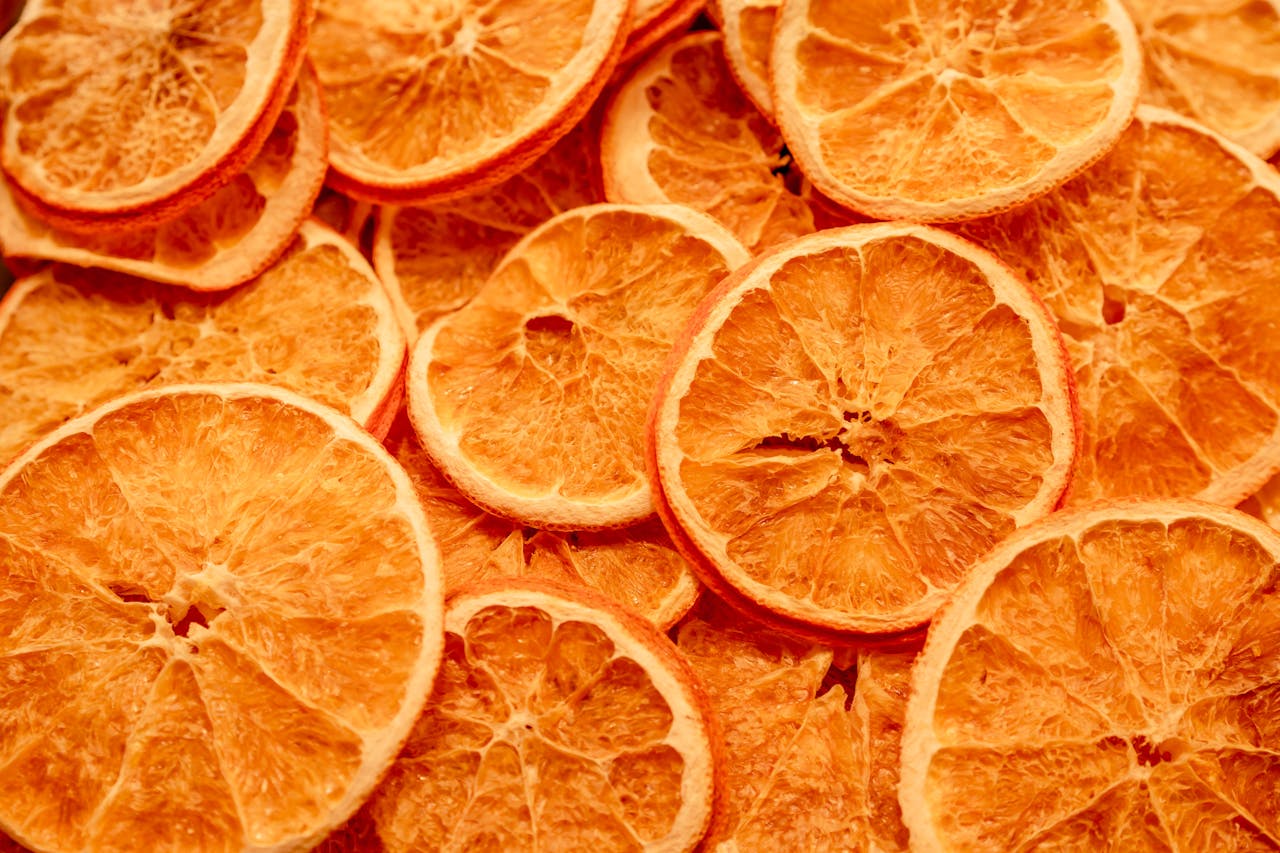
You can eat dried food as is or reconstitute it in soups, stews, pies, and more. One of my favorite drying processes is making fruit leather, which is a terrific snack. Nearly any fruit or vegetable can be dehydrated.
Making your own jerky is a fun and creative way to preserve meat. Choose a lean cut, trim the fat, slice thinly, pre-heat in the oven till the internal temperature is 160 degrees, create your marinade, marinate the meat, refrigerate for 6-24 hours, dehydrate at 140 degrees, line your trays, arrange your meat, dry for 4-5 hours to sometimes 10-24 hours. Check your jerky regularly, you want it firm and able to crack but not break when bent. Cool your finished jerky and store it in airtight containers, such as glass jars, plastic storage bags, or vacuum-sealed packages.
Root Cellar Storage
Proper storage in a cool, dark, and well-ventilated place can help extend the life of produce such as root vegetables, potatoes, sweet potatoes, winter squash, carrots, beets, turnips, garlic, onions, cabbage, and rutabagas. Be sure to store potatoes away from other root vegetables because they give off a gas that can be detrimental to the storage of other root vegetables.
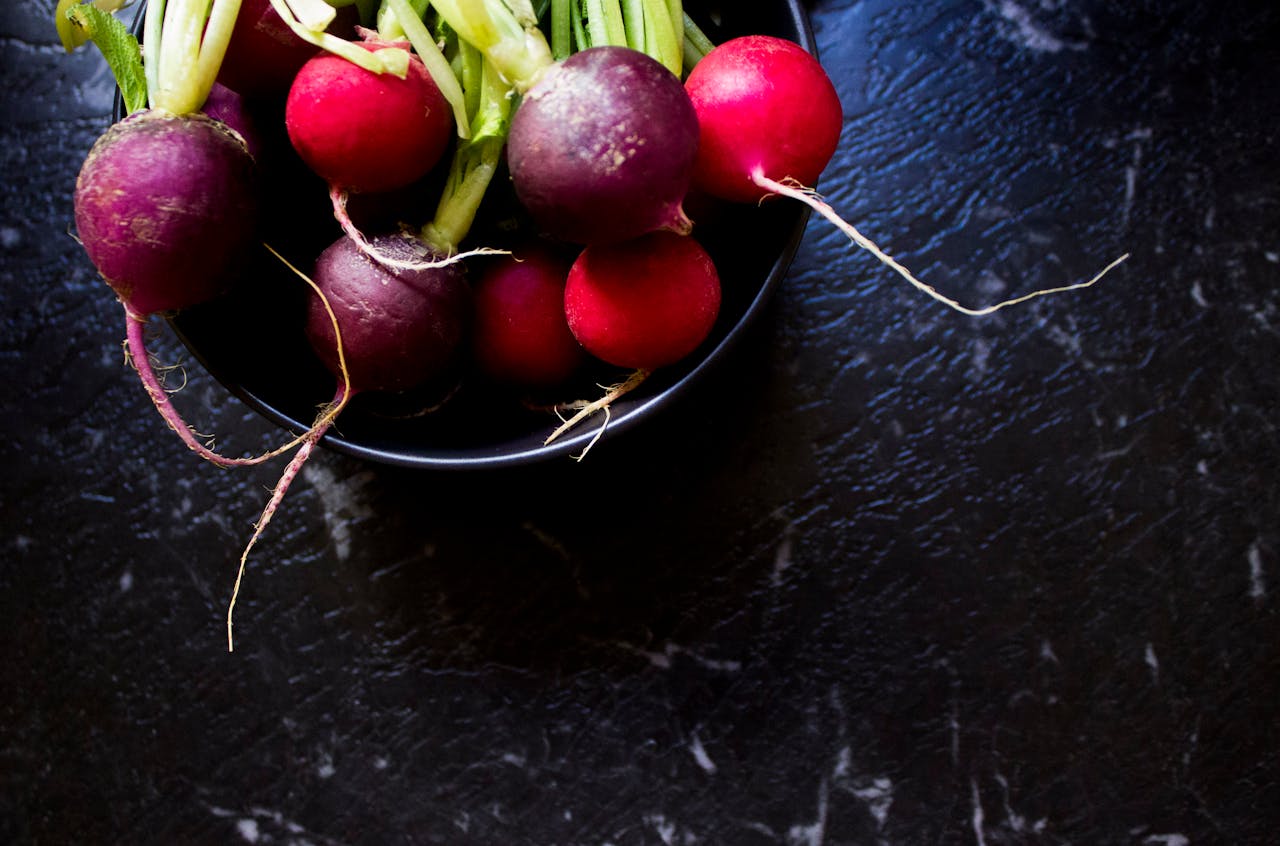
Your root cellar should have a constant temperature of 32 to 40 degrees year-round for proper food storage. Using wooden crates, mesh bags, or baskets that allow for air circulation is best for the longevity of your food storage. Fruits and vegetables should be stored separately since fruits and potatoes give off ethylene gas, which can cause vegetables to sprout or spoil.
Preserve Food by Freezing
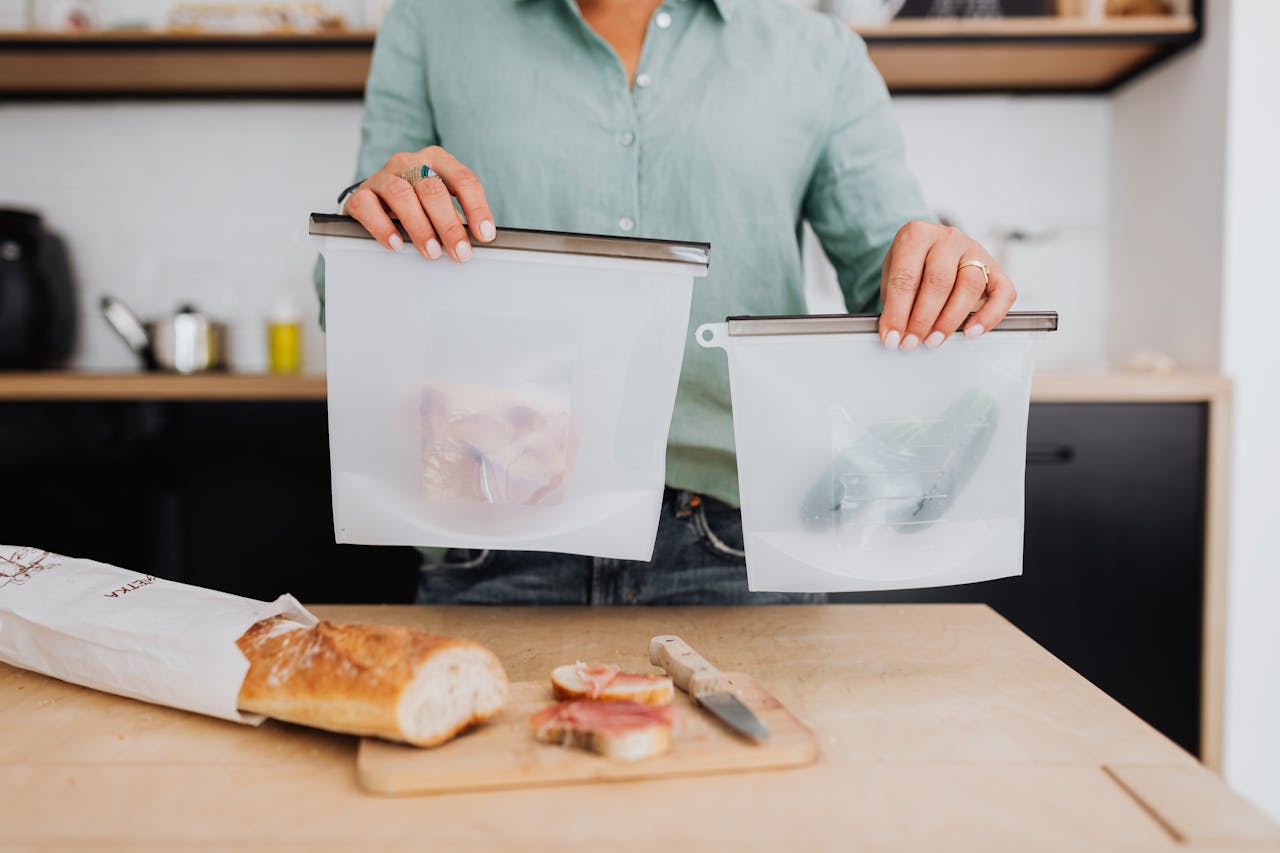
Probably the easiest method of preserving food is your freezer. Freezing food takes up space, and if the power goes out, then you’re starting a generator to keep your food fresh. Freezing your food also takes up the most space. If you are going to freeze food, using a vacuum sealing product will reduce space and freezer burn. Be sure to date all of your frozen food so you use it in an optimal timeframe.
Sugaring as a Preservation Method
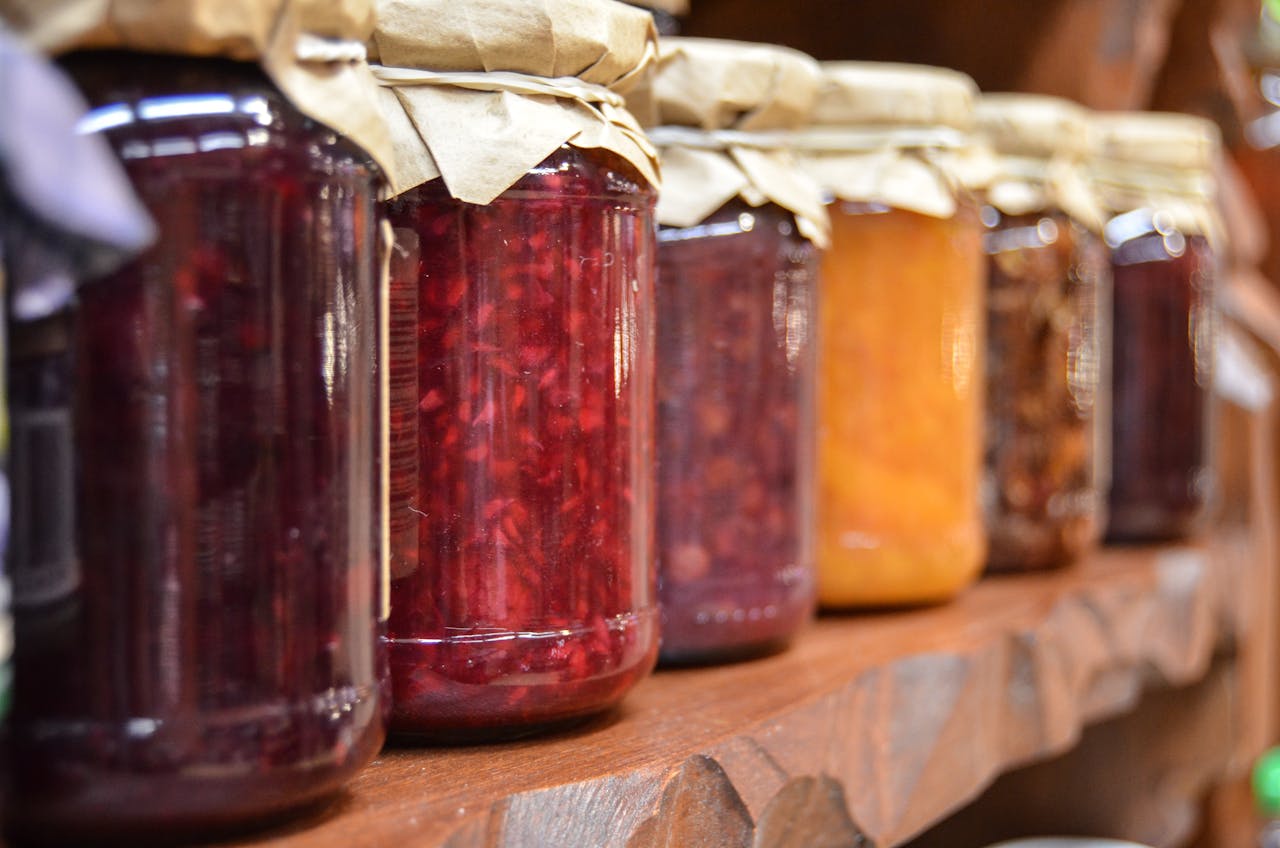
High concentrations of sugar can lessen water and inhibit microbial growth, making it a useful method for preserving fruits in jams, jellies, and preserves. Pectin is needed to achieve the desired texture, or tapioca starch is a good substitute for pectin for jams. jelly, and preserves. Preserves can be used later for tarts, pies, and ice cream toppings.
Salting Food
Salt preservation draws out moisture from food. By creating a brine, you inhibit the growth of bacteria and fungi, preserving food for longer periods of time. Salting has been used for preserving meat, fish, and vegetables before there was refrigeration. When I think of salted food preservation, I think of Norway or Alaska. Salting has been used on pork, beef, and fish as a preservative.
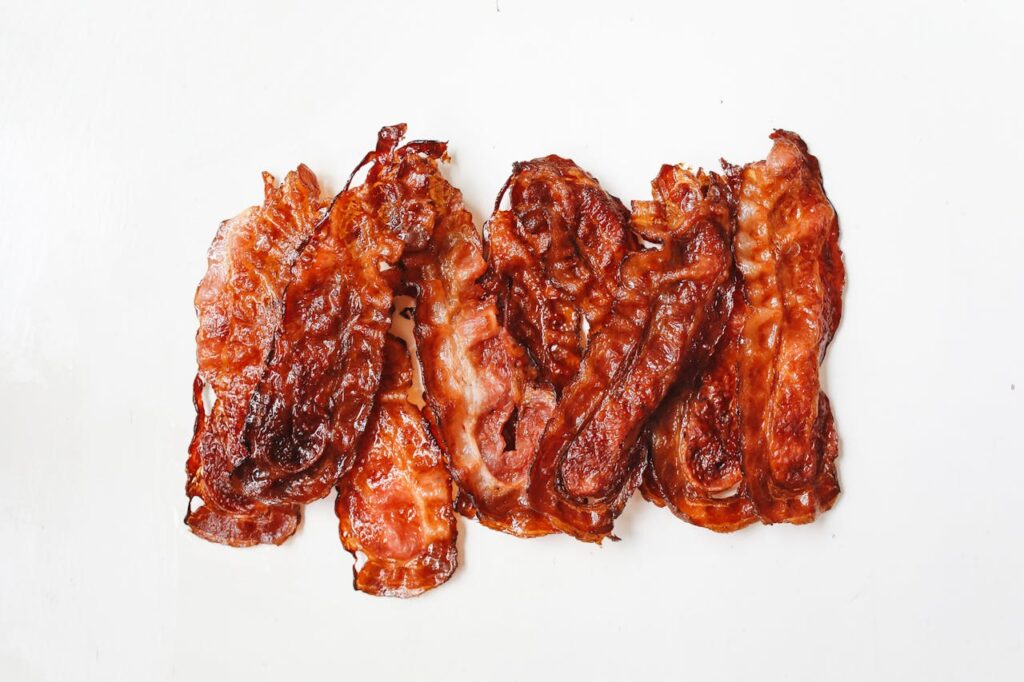
Salting has been used for centuries to preserve foods such as meats, think ham or bacon, fish such as cod, and vegetables like olives or sauerkraut. There are two types of salting: dry salting, where salt is applied directly to the food surface, and brining, where the food is submerged in a saltwater solution.
Check out our previous articles about food security and storing food. Have a terrific summer and enjoy your DIY building products. Be sure to check out our newest products at Shed Windows and More.

